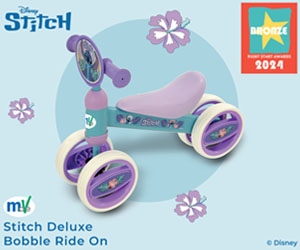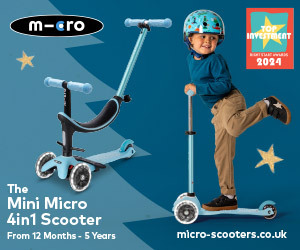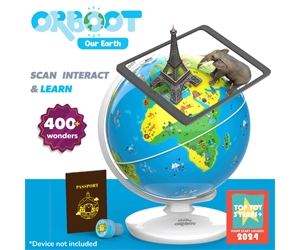Aernout says: ‘A good pushchair is a worthwhile investment that should last you a few children if you treat it right. If you clean and store your pushchair correctly and check it every so often to make sure everything is safe and sturdy, you should get many years use from it.
‘All pushchairs must comply to the same safety rules and regulations, but there may be a difference in quality and longevity between brands. At Bugaboo, for instance, we take about 10 years of average use to build up our test program. It can be useful to check websites like e-bay to see how many old models of a brand are for sale. This can help you to get a feeling of the quality and longevity of the product.’
WHAT TO CHECK
Wheels
Check once a month that all wheels are turning the full circle. They
should be able to turn freely. Try pushing your empty pushchair forward
lightly to make sure that it doesn’t lean or swivel sideways when
pushed.
You should also check for wear and tear on the wheels where friction
could have reduced the rubber – this can lead to difficulties pushing
and might require wheels to be oiled or replaced.
Seat or cot
Ensure the seat or cot is the right size for children as they grow.
If they’re getting too large for the cot, you might want to swap to a
seated model. Regularly check for wear and tear on the fabric as it
could give way.
Brakes
Brakes are an essential safety issue. Test them while the pushchair is
empty. Simply apply the brakes and try to move your pushchair lightly.
If you notice brakes are getting in the way of your walking or coming
away from the frame, they could be a trip or even a choking hazard.
Making sure these are secure is essential as your child grows into a
curious toddler.
Frame and handles
A pushchair frame should be sturdy and secure, and should not lean to
one side. Check your pushchair when it is first delivered, then every so
often, to make sure it is in good condition.
If your pushchair is moving side to side as you walk, you can tighten
the frame using the screws at the side or by contacting the
manufacturer. And if your handles have worn down, or even broken, you
can replace these too.
Straps and buttons
These should be tight enough that they don’t slip over your child’s
shoulders once fixed, but not so tight it makes the journey
uncomfortable. By placing a weight into your pushchair and strapping it
in, you can check if the straps are strong enough for your journey. If
you notice fraying or tears, make sure you replace these before use.
Buttons should be secure to the pushchair’s fabric. If any buttons are
coming loose, these can cause a choking hazard and should be removed
and replaced.
Rain covers
Before heading out on a wet walk, make sure you check the security
of your rain covers. These can be a real hazard if damaged or not used
correctly. They should be free from rips and tears, which could result
in your baby getting cold or wet. Air holes should be unobstructed, and
the plastic should be clear for you to see through.
Replacing parts
Many parts of your pushchair that are broken or damaged can be
replaced. Wheels and frames can be replaced, along with fabric if there
are signs of wear and tear.
CLEANING
Whether it’s a spill or a nappy leak, cleaning the fabric and frame regularly can keep your pushchair looking and working its best. Start by giving it a quick hoover to remove any debris or larger pieces of dirt, especially if you have a toddler who snacks. Then, remove the fabric and wheels if possible. You can put the fabrics in the wash with your usual detergents, or scrub them lightly with soap and water – make sure to thoroughly dry them to avoid a damp, musky smell.
While your fabrics are air-drying, wipe down your pushchair with a damp cloth and warm, soapy water. Leave the frame unfolded to allow it to air dry correctly. Once dry, reassemble and store away.
STORING
Most pushchairs have compact foldability. A suitable storage bag can keep your pushchair safe and pest and dust-free, no matter how long you have it in storage.
To protect a pushchair in hot weather, try placing it in a cupboard near your doorway for easy access. If you’re storing it after a wet or wintery walk, make sure to wipe down the frame with a damp and a dry cloth to protect the frame from mud, rain and salt, and the fabric from damp.
A good pushchair is an investment which can be used for multiple children across you and your family. So, making sure you’re taking good care of it can help it not only last longer but also keep you and your baby safe.
Visit www.bugaboo.com











